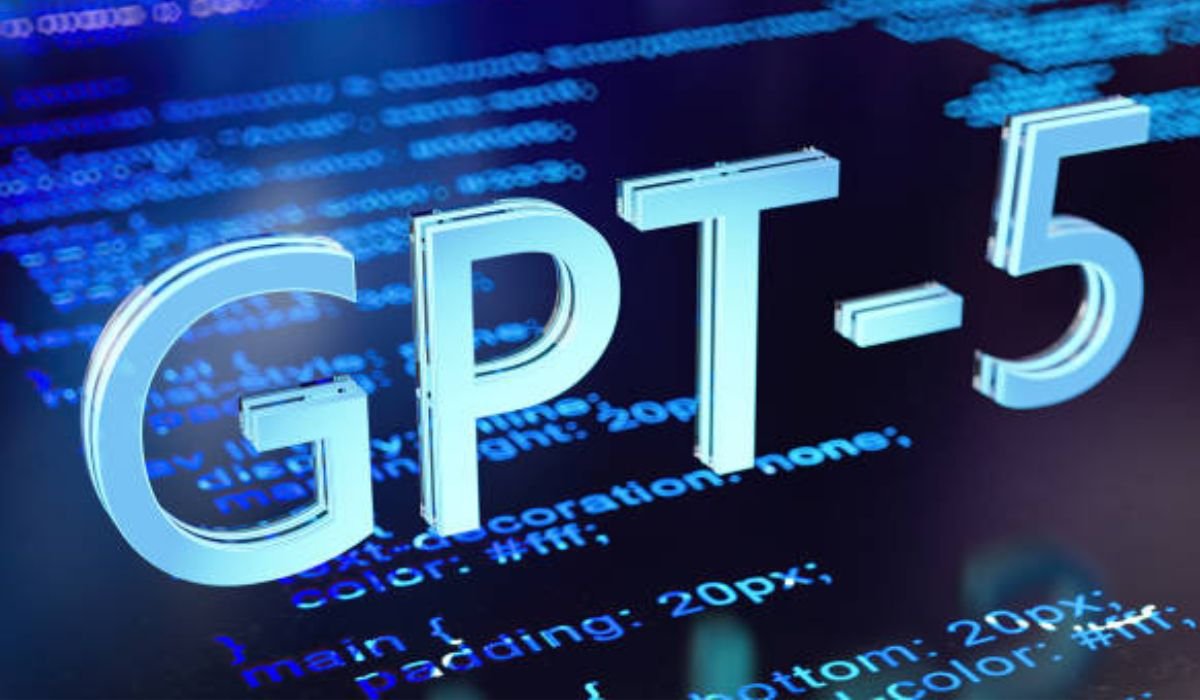Imagine this: You walk into your kitchen, craving coffee. Before you touch the machine, it hums to life—your favorite brew already pouring. The lights? Softly adjusted to the morning’s grey drizzle outside. The news? Quietly summarizing headlines relevant only to your big meeting later. No voice commands. No fumbling with apps. Just… anticipation. a&ta isn’t magic; it’s the quiet pulse of the next tech frontier, weaving intelligence so seamlessly into our surroundings it feels like intuition.
Forget clunky interfaces and notification overload. a&ta (Ambient & Tactile Automation) represents a paradigm shift: technology that fades into the background, sensing context and acting proactively through subtle environmental cues and physical feedback. It’s not about more tech; it’s about smarter, quieter, deeply integrated tech that works for you, not the other way around. Think of it as your environment gaining a gentle, helpful sixth sense.
Why Your World Feels Clunky (And How a&ta Fixes It)
We’re drowning in digital noise. Smartphones buzz, smart speakers shout, wearables vibrate – it’s reactive, demanding, and often irrelevant. The friction is real:
- Cognitive Overload: Constantly processing alerts drains mental energy.
- Context Blindness: Your phone doesn’t know if you’re rushing to a meeting or relaxing on the couch.
- Physical Disconnect: Tapping glass lacks the richness of real-world interaction.
a&ta flips the script. Instead of demanding your attention, it observes ambient signals – subtle changes in light, sound, temperature, presence, even biometric shifts sensed passively. It combines this with an understanding of you (your routines, preferences, calendar) to predict needs. Crucially, it responds not just through screens, but through the environment itself: adaptive lighting, subtle haptic feedback in furniture or clothing, changes in airflow, or even ambient soundscapes. It’s tech that feels integrated, not bolted on.
The Pillars of the a&ta Ecosystem: How the Invisible Works
This isn’t a single gadget; it’s a symphony of interconnected systems. Here’s the tech under the hood:
- Ambient Sensing Suite: Networks of low-power, unobtrusive sensors detecting motion, light, sound pressure, temperature, humidity, air quality, and even basic presence. Think beyond cameras – think vibration sensors in floors, millimeter-wave radar detecting subtle movement through walls (privacy-focused!), or fabric sensors in upholstery.
- Edge AI Brain: Processing happens locally on devices (“at the edge”) for near-instantaneous response and enhanced privacy. No need to send “room is empty” data to the cloud constantly.
- Tactile Feedback Matrix: The “response” layer. This includes:
- Micro-Haptics: Ultra-precise vibrations in wearables, chairs, steering wheels, or even clothing (e.g., a gentle pulse on your sleeve signaling an important notification without sound).
- Adaptive Environments: Lights that dim/brighten automatically, HVAC systems adjusting airflow per occupant, smart glass changing opacity.
- Contextual Sound: Directional audio or subtle ambient sounds replacing jarring alarms.
- Privacy-First Architecture: Crucially, a&ta must be designed with privacy as the core principle. Data is processed locally where possible, anonymized aggressively, and users have granular control over what is sensed and how it’s used. Zero-trust security models are non-negotiable.
a&ta vs. Traditional Smart Tech: A Stark Contrast
| Feature | Traditional Smart Tech | a&ta (Ambient & Tactile Automation) | Why a&ta Wins |
| Interaction | Reactive (You command it) | Proactive (Anticipates your needs) | Reduces cognitive load & friction |
| Interface | Screens, Apps, Voice Commands | Ambient Environment, Subtle Tactile Cues | Feels natural, less intrusive |
| Awareness | Limited Context (Often manual input) | Deep Context (Senses environment & state) | Highly relevant, personalized actions |
| Data Flow | Often Cloud-Dependent | Primarily Edge Processing | Faster response, enhanced privacy |
| Goal | Task Completion | Seamless Experience Enhancement | Creates effortless flow in daily life |
a&ta in Action: Real-World Magic, Not Sci-Fi
This isn’t futuristic dreaming. Elements of a&ta are emerging now:
- Healthcare Harmony: Hospital rooms where lighting and temperature subtly adjust based on a patient’s restlessness (sensed by bed mats), or gentle haptic reminders for medication adherence delivered through a discreet wristband, minimizing nurse interruptions. Imagine dementia care facilities where pathways gently light up guiding residents, triggered by presence and time of day.
- The Truly Smart Home: Beyond shouting at speakers. Lights that gradually brighten as your morning alarm’s silent haptic pulse on your pillow wakes you. Your home office airflow intensifying slightly when sensors detect prolonged focus (and a slight temperature rise), boosting alertness. Your coffee machine pre-heating not on a timer, but because it sensed you getting out of bed earlier than usual.
- Retail Reimagined: Stores where shelves provide subtle tactile feedback through your cart handle when you pass a product on your digital list, or changing rooms where lighting automatically adjusts to mimic daylight for true color accuracy. No pushy sales assistants needed.
- Industrial Intuition: Factory floors where machinery emits unique vibration patterns sensed by worker wearables, signaling maintenance needs before failure, or warehouse lighting that illuminates only the exact path a worker needs to take for their next pick, guided by gentle floor vibrations. Safety alerts delivered as directional vibrations, not overwhelming sirens.
Read also: Smart Ways Households Can Cut Electricity Costs Year-Round
Case Study: EcoFarm Solutions Cuts Energy, Boosts Comfort
EcoFarm Solutions, a mid-sized vertical farming operation, integrated early a&ta principles. They deployed low-power presence sensors and micro-climate monitors throughout their grow racks. Instead of fixed lighting cycles, LEDs now adjust spectrum and intensity in real-time based on the exact density and growth stage of plants in each zone, sensed by cameras and spectral analysis. Crucially, maintenance alerts are delivered to technicians’ toolbelts via unique vibration patterns, identifying the specific rack and issue. Result: 18% reduction in energy consumption, 15% faster technician response times, and optimal plant growth conditions continuously maintained without manual oversight.
Your Roadmap to an a&ta-Enhanced Life (Starting Today)
You don’t need to rip out your walls. Start embracing the a&ta mindset:
- Prioritize Edge Processing: Choose smart home devices (thermostats, sensors, hubs) that emphasize local processing and offer strong privacy controls. Look for brands championing “Matter” or similar local-first standards.
- Seek Subtlety: Ditch the jarring alarms. Explore devices offering configurable haptic alerts (smartwatches, trackers) or ambient light/sound notifications (smart bulbs, speakers with gentle chimes).
- Embrace Sensors (Wisely): Start with simple, privacy-respecting sensors: motion for lights, contact sensors for doors/windows, temperature/humidity sensors. Focus on automating environmental responses (light, heat) based on this data.
- Demand Context: When buying new tech, ask: “Does it adapt to me and my situation, or just blindly follow schedules/commands?” Opt for devices learning routines or sensing occupancy.
- Think Beyond the Screen: How could a gentle physical nudge (vibration) or a change in your environment (light, sound, airflow) deliver information more effectively than a screen notification?
The Future is Frictionless: What a&ta Promises Next
a&ta is evolving rapidly. Expect:
- Advanced Biomimicry: Surfaces that change texture or temperature based on needs.
- Hyper-Personalized Micro-Environments: Your immediate space (desk, car seat) adapting perfectly to your physiological state (calming, energizing).
- Ubiquitous, Invisible Power: Energy harvesting from light, movement, or even RF waves making sensors truly maintenance-free.
- Ethical AI Guardians: Robust frameworks ensuring a&ta acts benevolently, prioritizing user well-being and privacy above all else.
The Quiet Takeover: Why You’ll Embrace a&ta
The power of a&ta isn’t in flashy features; it’s in the profound absence of friction. It’s technology that finally understands its place: supporting you silently, anticipating your needs before you voice them, and responding through the very fabric of your environment. It reduces stress, saves time, conserves energy, and creates spaces that feel intuitively aligned with human rhythms.
3 Steps to Start Your a&ta Journey Now:
- Audit for Annoyance: Identify one daily digital friction point (e.g., harsh morning alarm, forgetting to adjust thermostat). Is there a quieter, more ambient solution?
- Choose One Subtle Upgrade: Replace a blaring alarm with a sunrise lamp + gentle vibration watch alarm. Install a smart thermostat with occupancy sensing.
- Demand Better Tech: Support companies innovating in privacy-focused sensing and ambient response. Ask for a&ta principles.
The revolution isn’t loud; it’s a whisper. It’s the gentle hum of a world adapting to you. a&ta is weaving that future, thread by invisible thread. Are you ready to feel the difference?
FAQs: Your a&ta Questions, Answered
- Q: Is a&ta just another name for the “Internet of Things” (IoT)?
A: IoT is the network of connected devices. a&ta is the philosophy and experience layer on top of it – focusing specifically on ambient sensing, proactive intelligence, tactile/environmental response, and deep integration for seamless, frictionless interaction. IoT enables a&ta, but a&ta defines the user experience goal. - Q: Doesn’t constant sensing mean a huge privacy risk?
A: Privacy is paramount to a&ta’s success. The best implementations use on-device processing (edge AI), anonymize data immediately, collect only essential data, and give users granular control (opt-in/out per sensor type, clear data deletion). Look for transparency and strong security certifications. - Q: Will a&ta make us lazy or less aware of our surroundings?
A: The goal isn’t passivity, but reducing unnecessary cognitive load. By automating trivial tasks (adjusting lights, temperature) and delivering essential information subtly (tactile alerts), a&ta frees up mental space to focus on what truly matters – creativity, connection, complex tasks. - Q: Is this technology affordable for the average person?
A: Core components (smart bulbs with ambiance, basic motion sensors, wearables with haptics) are increasingly affordable. Like all tech, advanced features start higher but will drop. The focus is on value – reducing energy bills, saving time, improving well-being – which can offset costs. - Q: How does a&ta handle multiple people in one space with different preferences?
A: This is a key challenge! Solutions involve personal identifiers (wearables, phone proximity), zones within a space (e.g., personal desk lighting), learning aggregate preferences, or graceful compromises (averaging temperature). Personalization improves as tech identifies individuals reliably and respectfully. - Q: Could a&ta malfunction and create annoying or even dangerous situations?
A: Robust testing, fail-safes, and user overrides are essential. Systems should default to safe states and allow easy manual control. Reliability improves with mature technology and diverse sensor input reducing single points of failure. - Q: Where can I see real examples of a&ta principles working today?
A: Look at: Adaptive lighting systems (Philips Hue with presence), thermostats with room sensing (Nest, Ecobee), wearables with subtle haptic notifications (Apple Watch, Oura Ring), high-end cars with ambient lighting and haptic seats/steering wheels, and some cutting-edge office buildings using environmental sensing for comfort and efficiency.
You may also like: Predictive Maintenance with Artificial Intelligence: Transforming Asset Performance Across Industries











